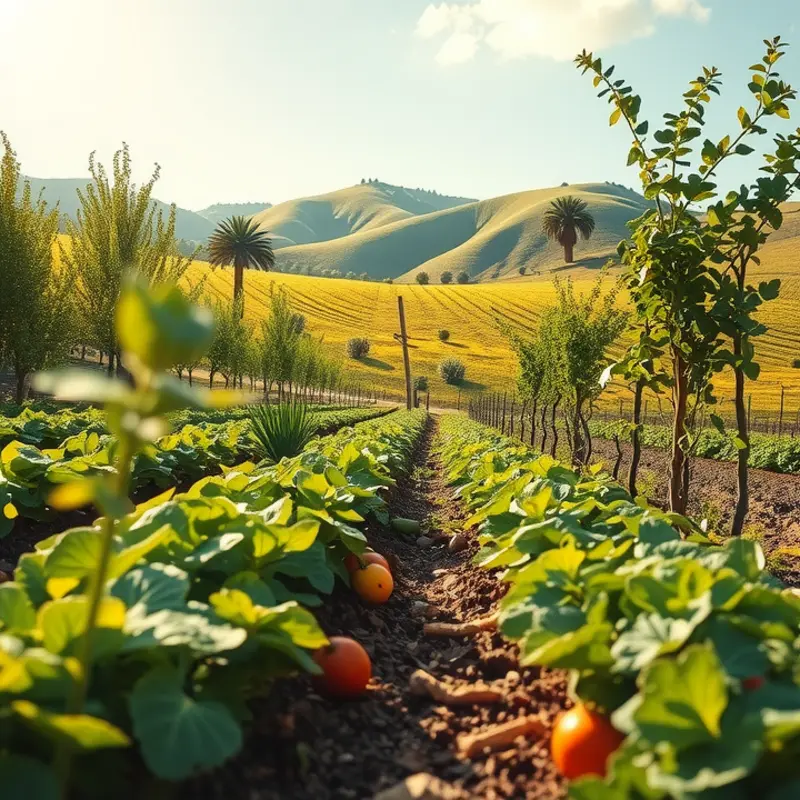Cooking oils are a staple in many kitchens, but their reuse often goes unconsidered. This guide explores smart storage methods, safe reuse practices, and tips for minimizing waste while keeping flavor intact. By incorporating these actionable ideas, you can elevate your cooking while being environmentally conscious.
Storing Used Cooking Oils Safely

Proper storage of used cooking oils can preserve their quality and ensure food safety. Begin by filtering the oil to remove food particles, which can affect flavor and promote spoilage. Use a fine-mesh strainer or cheesecloth to achieve a cleaner oil. Filtered oil is less likely to develop off-flavors and can be reused more than once.
Choosing the right container is equally crucial. Opt for glass or stainless steel containers that are non-reactive and prevent chemical leaching. Avoid using plastic containers, which can absorb the oil’s flavors and odors, impacting the quality over time. Use containers with tight-fitting lids to prevent exposure to air and light which accelerate oxidation.
Store the oil in a cool, dark place like a pantry or a cupboard. Extreme temperatures can degrade the oil, causing it to become rancid quickly. The refrigerator can be an option for certain oils, though it may cause them to solidify. Before use, bring refrigerated oils back to room temperature for improved consistency.
Different types of oils have varying storage durations. For instance, olive oil can be reused three to four times, whereas vegetable oils may last for five to six uses if stored correctly. Pay attention to oil clarity and smell. A cloudy appearance or rancid smell indicates that the oil should be properly discarded.
Knowledge of these techniques can integrate into an eco-smart kitchen strategy. For further tips on reducing waste in your cooking process, explore low-waste cooking and prep.
Regularly assessing oil quality is essential. Keep track of how many times the oil has been used. It’s often helpful to label the container with the type of oil and the number of uses. This practice can help prevent the use of oil that may have gone bad.
Educational resources on oil and kitchen safety suggest maintaining a balanced approach to flavor enhancement and waste reduction. Understanding the nature of each type of oil means you can tailor its reuse to optimize taste without compromising health. By storing your used cooking oils correctly, you not only enhance your culinary creations but also contribute to sustainable kitchen practices.
Creative Ways to Reuse Cooking Oils

Reusing cooking oil is not just economical, but it also adds depth of flavor to your meals when done right. After frying or sautéing, oil retains the essence of the food it cooked, and there are diverse ways to harness this potential in your kitchen.
A straightforward method is to repurpose oil for additional frying. For example, the oil used for frying chicken can add a subtle richness to fried potatoes. Make sure to strain the oil through a fine mesh sieve to remove leftovers post-cooking, ensuring it’s clean and ready for the next fry.
Incorporating reused oil into dressings and marinades is another innovative approach. Olive oil infused with a blend of herbs and spices during cooking can impart additional flavor to a salad. The key is to mix with fresh oils, preserving stability and taste. For instance, a little spent oil can be blended with fresh garlic, lemon juice, and herbs to create a robust marinade or dressing.
Creating savory flavored oils is a delightful way to enhance dishes. Infusing reused oil with garlic, chili, or rosemary adds complexity that elevates even the simplest meals. These oils can be drizzled over pizza, roasted vegetables, or pasta. To ensure food safety, always store infused oils in the refrigerator and use them within a couple of weeks.
Used oil also finds a place in the beauty aisle at home. It can be transformed into nourishing hair treatments. Mix slightly heated oil with essential oils like lavender or rosemary to create a soothing scalp treatment. For skin, a small portion of reused oil combined with exfoliants like sugar can serve as a natural moisturizer and scrub. Be mindful that oils used for beauty should be filtered well and should come from cooking with mild flavors like olive or coconut.
When considering the best way to mix and match oils, it’s crucial to stick to compatible flavors. Mixing strongly flavored oils can overshadow other ingredients in your recipes. A common practice is to combine vegetable or sunflower oil with reused olive oil for a balanced taste profile.
To ensure your reused oils are both safe and flavorful, always monitor their condition. Avoid using oil that has begun to smell or taste off. A good rule of thumb is to reuse oil no more than two to three times. For more tips on maintaining ingredient integrity, consider exploring safer storage of sauces.
Harness the culinary potential of every drop of cooking oil, transforming what could be waste into gastronomic assets and sustainable beauty solutions.
Final words
Using and storing cooking oils efficiently not only reduces waste but also enhances your culinary experience. With proper storage techniques, you can prolong the life of your oils while keeping them safe for consumption. Furthermore, exploring creative ways to reuse oils can inspire delicious meals and innovative beauty products, making the most of every drop. Embrace these practices to make your kitchen greener, more mindful, and flavorful.







